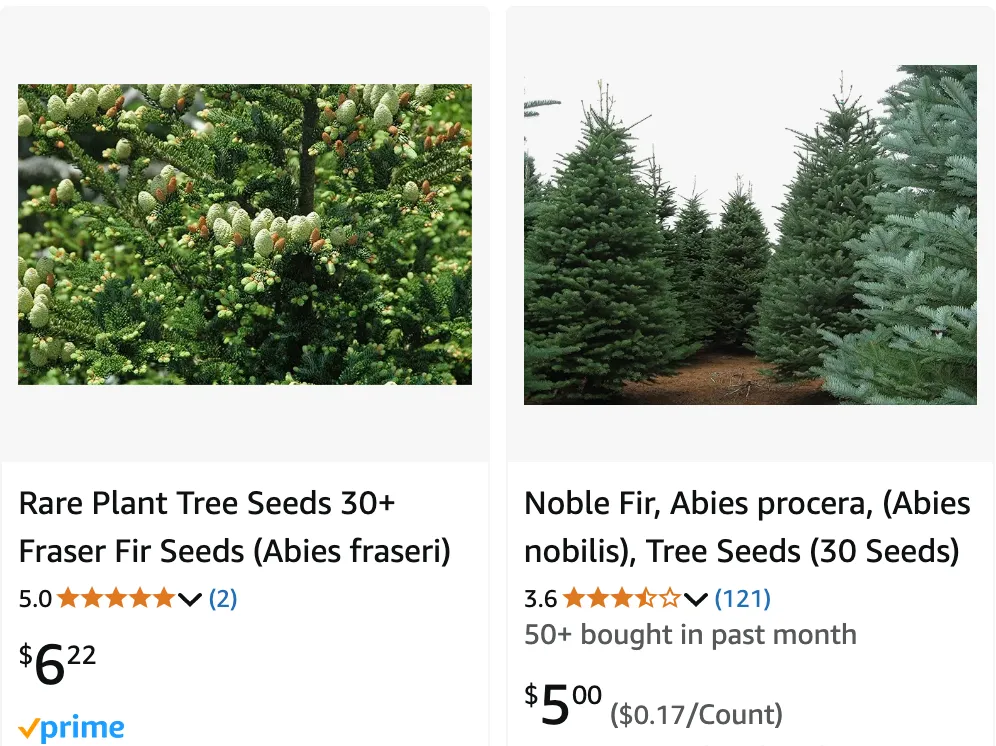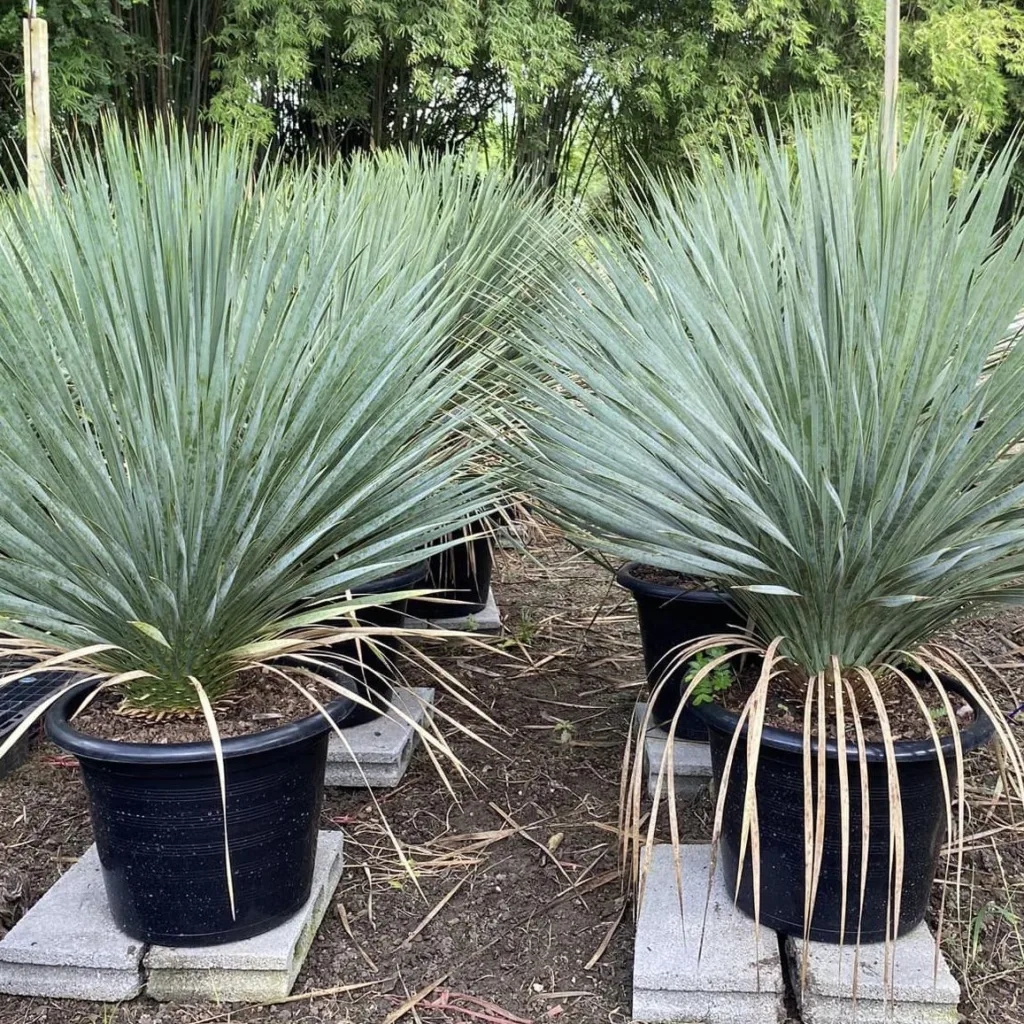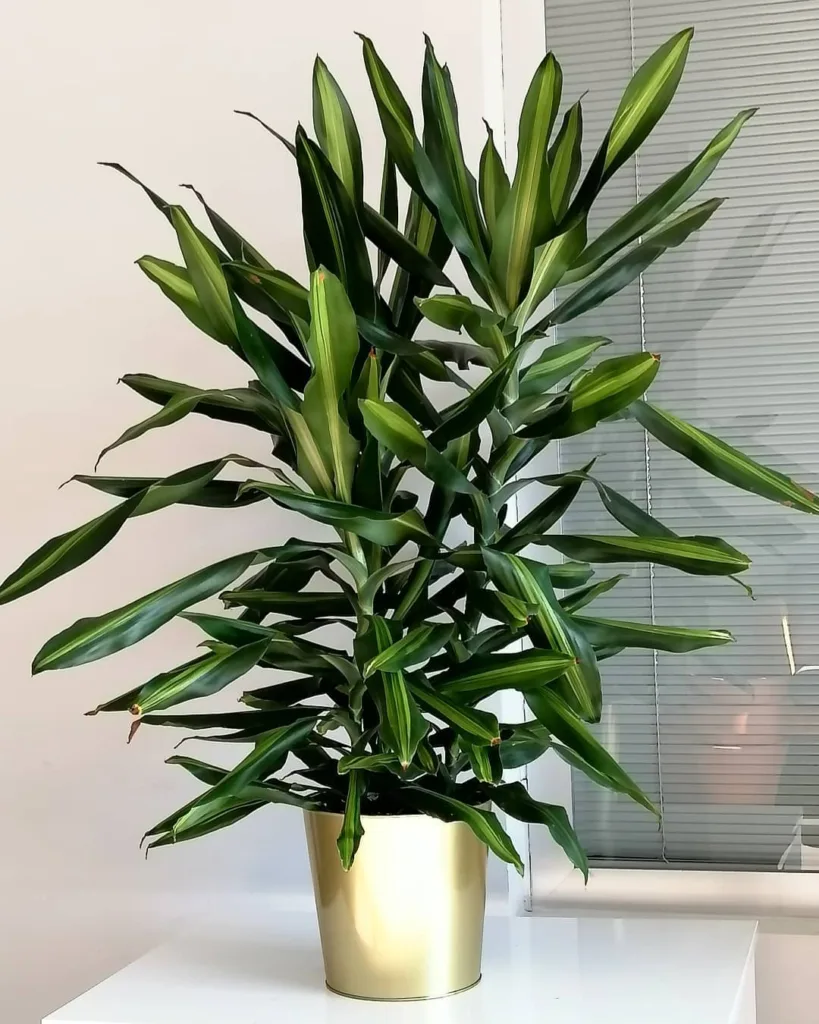
June 14 – Abies
"Abies, the fir tree, defines June 14."
Abies represents strength and steadfastness. You are grounded and reliable, offering unwavering support. Like this evergreen tree, your presence is a source of comfort and stability.
Abies: A Majestic Genus of Evergreen Conifers
As an enthusiast of the natural world, I’ve always been fascinated by the towering grandeur and serene beauty of fir trees. These majestic evergreens, belonging to the genus Abies, have captivated my imagination since childhood. Their distinctive conical shape, fragrant needles, and enduring presence in diverse ecosystems make them truly remarkable members of the plant kingdom.
Understanding the Abies Genus
Abies, commonly known as fir, encompasses a diverse group of evergreen coniferous trees in the Pinaceae family. With an estimated 48 species, these trees are widely distributed across the mountainous regions of the Northern Hemisphere. From the towering giants of the Pacific Northwest to the more diminutive species found in high-altitude environments, Abies displays a remarkable adaptability and resilience.
What Do Fir Trees Look Like?
One of the most striking features of fir trees is their classic conical shape. This distinctive silhouette is a result of their whorled branching pattern, where branches radiate horizontally from the central trunk at regular intervals. This growth habit not only contributes to their aesthetic appeal but also provides structural stability, allowing them to withstand heavy snowfall and strong winds.
Another defining characteristic of Abies is their needle-like leaves. These needles are typically flattened and attached directly to the branches, creating a dense and lush foliage. The needles often have two white stomatal bands on their underside, which aid in gas exchange. Unlike spruce needles, which are sharply pointed and tend to roll between your fingers, fir needles are softer and flatter, making them easier to distinguish.
Fir trees also produce erect cones that stand upright on the branches, unlike the pendulous cones of many other conifers. These cones mature in a single season and disintegrate upon maturity, releasing their winged seeds for dispersal. The bark of young fir trees is often smooth and gray, but it becomes furrowed and plated with age, adding to their rugged character.
A Diverse Array of Abies Species
The genus Abies encompasses a rich diversity of species, each with its own unique characteristics and ecological adaptations. Here are:
- Abies alba (European silver fir): A majestic tree native to the mountains of Europe, known for its silvery-white bark and graceful form. Plant FAQs: Abies Alba – European Silver Fir
- Abies balsamea (Balsam fir): A popular Christmas tree species native to North America, prized for its fragrant needles and symmetrical shape. Plant FAQs: Balsam Fir – Abies Balsamea
- Abies concolor (White fir): A large fir native to western North America, characterized by its long, bluish-green needles and tolerance of dry conditions. Plant FAQs: Abies Concolor – White Fir
- Abies grandis (Grand fir): One of the tallest fir species, native to the Pacific Northwest, known for its rapid growth and impressive stature. Plant FAQs: Abies Grandis – Grand Fir
- Abies koreana (Korean fir): A small to medium-sized fir native to the mountains of Korea, prized for its attractive purple cones and compact growth habit. Plant FAQs: Korean Fir – Abies Koreana
- Abies lasiocarpa (Subalpine fir): A high-altitude fir native to western North America, known for its narrow, spire-like crown and tolerance of harsh conditions. Plant FAQs: Abies Lasiocarpa – Subalpine Fir
- Abies nordmanniana (Nordmann fir): A popular Christmas tree species native to the Caucasus Mountains, known for its long-lasting needles and dense foliage.
- Abies procera (Noble fir): A majestic fir native to the Pacific Northwest, known for its bluish-green needles and strong, fragrant wood. Plant FAQs: Abies Procera – Noble Fir
- Abies amabilis Douglas ex J.Forbes
- Abies beshanzuensis M.H.Wu
- Abies × borisii-regis Mattf.
- Abies bracteata (D.Don) Poit.
- Abies cephalonica Loudon
- Abies chensiensis Tiegh.
- Abies cilicica (Antoine & Kotschy) Carrière
- Abies delavayi Franch.
- Abies densa Griff.
- Abies durangensis Martínez
- Abies fanjingshanensis W.L.Huang, Y.L.Tu & S.Z.Fang
- Abies fargesii Franch.
- Abies firma Siebold & Zucc.
- Abies flinckii Rushforth
- Abies forrestii Coltm.-Rog.
- Abies fraseri (Pursh) Poir. Plant FAQs: Fraser Fir – Abies Fraseri
- Abies guatemalensis Rehder
- Abies hickelii Flous & Gaussen
- Abies hidalgensis Debreczy, I.Rácz & Guízar
- Abies holophylla Maxim.
- Abies homolepis Siebold & Zucc.
- Abies jaliscana (Martínez) Mantilla, Shalisko & A.Vázquez
- Abies kawakamii (Hayata) Ito
- Abies magnifica A.Murray bis
- Abies mariesii Mast.
- Abies nebrodensis (Lojac.) Mattei
- Abies nephrolepis (Trautv.) Maxim.
- Abies numidica de Lannoy ex Carrière
- Abies pindrow (Royle ex D.Don) Royle
- Abies pinsapo Boiss.
- Abies recurvata Mast.
- Abies religiosa (Kunth) Schltdl. & Cham.
- Abies sachalinensis (F.Schmidt) Mast.
- Abies sibirica Ledeb.
- Abies spectabilis (D.Don) Mirb.
- Abies squamata Mast.
- Abies veitchii Lindl.
- Abies vejarii Martínez
- Abies yuanbaoshanensis Y.J.Lu & L.K.Fu
- Abies ziyuanensis L.K.Fu & S.L.Mo
Is Fir a Hardwood?
No, Fir is not a hardwood. It is classified as a softwood because it comes from a coniferous tree. The distinction between hardwoods and softwoods isn’t about the wood’s actual hardness but rather about the type of tree it comes from. Hardwoods come from broad-leaved trees, while softwoods, like Fir, come from needle-bearing or coniferous trees.
Is Fir Good Firewood?
Fir is decent firewood, but it’s not the best. It burns quickly and produces a moderate amount of heat, but it also has a tendency to spark and pop. If you’re looking for firewood that produces long-lasting heat, you might want to consider hardwoods like Oak or Hickory instead.
Is Fir Good for Outdoor Use?
Fir wood can be used outdoors, but it’s not the most durable option without proper treatment. It has moderate natural resistance to decay and insects but benefits greatly from sealing or painting to extend its lifespan. Fir is often used in outdoor furniture, decks, and siding when treated properly.
Is Fir Wood Weather Resistant?
Fir wood has some natural resistance to weather, but it’s not as weather-resistant as other woods like Cedar or Redwood. To make it more suitable for outdoor use, it’s essential to treat Fir wood with a sealant or paint to protect it from moisture, UV rays, and temperature fluctuations.
Is Fir Wood Water Resistant?
Fir wood is not naturally water-resistant. It can absorb water, which may lead to swelling, warping, or rotting over time if not properly treated. Applying a water-resistant sealant or paint can significantly improve its ability to withstand moisture.
Do Fir Trees Have Cones?
Yes, Fir trees produce cones, which are typically upright and grow on the upper branches. Unlike other conifers, Fir cones disintegrate on the tree, releasing seeds that are spread by the wind.
Are Fir Cones Poisonous to Dogs?
Fir cones are generally not considered toxic to dogs, but they can pose a choking hazard or cause digestive issues if ingested. It’s best to keep them out of reach to prevent any potential problems.
Is Fir Wood Good for Garden Beds?
Fir wood can be used for garden beds, but it’s not the most durable choice. Since Fir is not naturally rot-resistant, it will break down faster than more rot-resistant woods like Cedar or Redwood. However, it’s an affordable option if you’re looking for a budget-friendly material for garden beds.
What is Fir Wood Used For?
Fir wood is versatile and used in a variety of applications, from construction to crafting. It’s commonly used for framing, flooring, furniture, and even in the making of musical instruments. Fir’s straight grain and ease of working with make it a favorite for these applications.
Can Goats Eat Fir Trees?
Yes, goats can eat Fir trees, particularly the needles. In small amounts, Fir needles can be a part of their diet. However, it’s important not to let goats overconsume Fir needles, as large quantities can lead to digestive issues.
Fir vs Pine
When comparing Fir to Pine, there are some key differences. Pine is typically softer and easier to work with, but it’s also more prone to denting and scratching. Fir is slightly harder and more durable, making it better suited for applications where strength is needed. Both are commonly used in construction, but Fir tends to be preferred for structural elements.
Fir vs Spruce
Fir and Spruce are often confused due to their similar appearance. However, Fir is generally stronger and has a straighter grain than Spruce. Spruce is lighter in color and weight and is often used for things like musical instruments due to its excellent resonance.
Fir vs Cedar
Fir and Cedar are quite different. Cedar is naturally more resistant to decay and insects, making it superior for outdoor use. It also has a distinct, pleasant aroma. Fir, while strong, requires treatment for outdoor durability and doesn’t have the same aromatic qualities as Cedar.
Fir vs Whitewood
Whitewood usually refers to a variety of softwoods, including Pine and Spruce. Fir is generally stronger and more durable than Whitewood. It’s often used for structural applications, whereas Whitewood might be used for less demanding projects like shelving or furniture.
Fir vs Hemlock
Fir and Hemlock are similar in many ways, but Fir is generally stronger and more resistant to warping. Hemlock tends to be lighter and is easier to work with, but it’s not as durable as Fir, making Fir a better choice for structural applications.
Fir vs Balsam
Fir and Balsam are often compared because they’re both popular Christmas tree choices. Fir has stronger branches, making it better for holding heavy ornaments. Balsam, on the other hand, has a stronger scent and softer needles, making it a favorite for holiday decoration.
Fir vs Oak
Fir and Oak are quite different, with Oak being a hardwood and Fir a softwood. Oak is much denser and more durable, making it ideal for flooring and furniture that needs to withstand heavy use. Fir, while strong, is not as hard as Oak and is better suited for construction framing or less demanding furniture pieces.
Fir vs Redwood
When comparing Fir to Redwood, the biggest difference is durability and resistance to decay. Redwood is far more rot-resistant and durable, making it ideal for outdoor use, especially in damp environments. Fir, on the other hand, needs to be treated to achieve similar levels of durability outdoors.
Ecological Importance of Fir Trees
Fir trees play a vital role in their respective ecosystems. Their dense canopies provide shelter and habitat for a wide range of wildlife, including birds, mammals, and insects. Their fallen needles contribute to the formation of rich humus, improving soil fertility and supporting understory vegetation. Fir trees also help to regulate water cycles and prevent soil erosion, contributing to the overall health and stability of forest ecosystems.
Human Uses of Fir Trees
Throughout history, humans have utilized fir trees for a variety of purposes. Their wood is valued for its strength, lightness, and resistance to decay, making it suitable for construction, furniture making, and paper production. Fir trees are also a source of resins and essential oils, which have medicinal and aromatic properties. In many cultures, fir trees hold symbolic significance and are associated with winter holidays, religious ceremonies, and traditional practices.
Conservation Concerns
Despite their ecological and economic importance, some fir species face threats due to habitat loss, climate change, and invasive pests. Conservation efforts are crucial to ensure the long-term survival of these magnificent trees. Sustainable forestry practices, habitat restoration, and public awareness campaigns are essential for protecting and preserving Abies for future generations.
Conclusion
The genus Abies represents a captivating group of evergreen conifers that have captivated human imagination for centuries. Their distinctive morphology, ecological significance, and diverse uses make them an integral part of the natural world. As we continue to appreciate the beauty and value of these majestic trees, let us also strive to protect and conserve them for the benefit of future generations.
If i die, water my plants!



